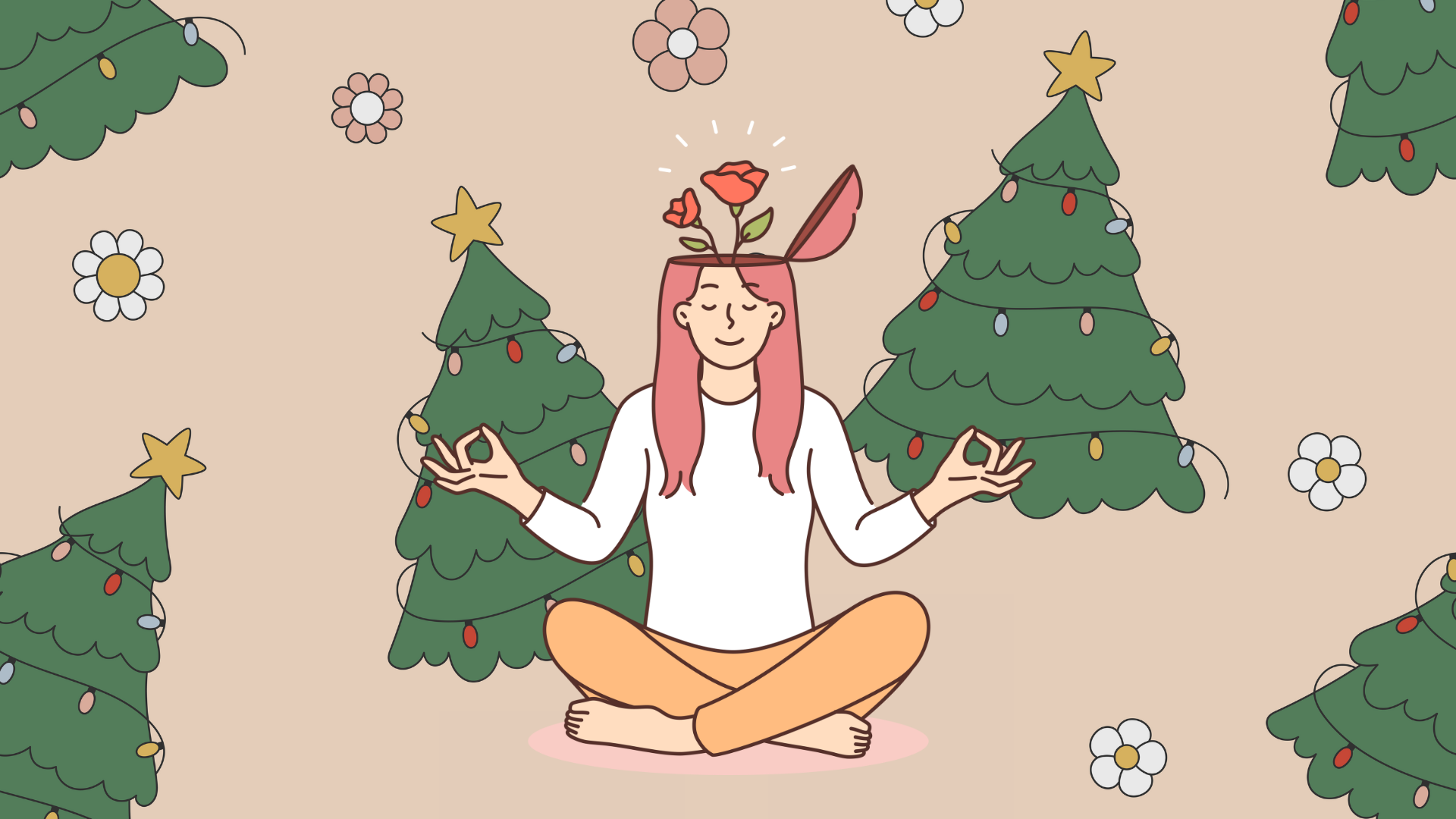“Jiak ba buay?” (“Have you eaten?” in Hokkien) has always been my Ah Ma’s way of welcoming me home, but in recent times, hearing “jiak ba buay” reminds me of her worsening dementia.
Growing up with Ah Ma
I was one of those privileged kids who grew up with the extra care and 24/7 attention from my Ah Ma as we lived under the same roof. I remember how she would patiently feed me for hours because I was a slow eater, and she would always give me two dollars whenever she made a winning at her mahjong sessions. Although she wasn’t very fluent in Mandarin and predominantly spoke Hokkien, we’d communicate with each other using our own “sign language”.
Growing up, I saw my grandaunts and granduncles at least once a week as they would regularly come to visit Ah Ma. Sometimes, we’d even go out together for lunch or tea. Ah Ma and her siblings only communicated in Hokkien, and mixed in Mandarin when their grandchildren were around. Listening to them converse helped me understand and learn to speak the dialect, which I’d like to think I’m quite a proficient at now.
Connecting through dialect
When you live with an elderly family member, you often don’t realise how fast they’re ageing. Sometimes I forget that Ah Ma is now 95 years old. With age, she has become more forgetful and often repeats herself. At times, she forgets that she has eaten and can’t recall if she’s had her bath, and there are occasions where she can’t differentiate between night and day. Some days, she even forgets who I am. She no longer speaks Mandarin to my siblings and I, and only communicates using what she’s most comfortable with – Hokkien.
I never thought having the ability to speak a dialect would be so essential, especially in times like this when Ah Ma has dementia. It helps me to understand her needs and feelings, especially in moments when she’s frustrated or refuses to cooperate and needs to be cajoled like a young child. Understanding Hokkien helps me to appreciate the stories she likes to share even though she has repeated them more than a hundred times, so much so that I can complete her sentences for her. Doing this helps me to laugh it off instead of being irritated over having to listen to her stories again and again.
The dialect has become my family’s strongest tool for showing care and love to Ah Ma. Similarly, it’s her tool for continuing to show her unconditional love for us – even if she asks us “jiak ba buay?” at all the wrong times.
Other methods of communication
While dialect is one of the best tools that helps me connect with Ah Ma and understand her feelings and needs, there are also other channels that can help to evoke happy emotions and facilitate interactions between persons living with dementia and their loved ones.
1. Food
Food is a universal language, and one that Ah Ma definitely understands, even with cognitive decline. She’s become quite a picky eater as she ages (though we like to joke that it probably runs in her genes because we notice the same thing with her siblings). One cuisine in particular speaks loudest to her: Japanese food. Although Ah Ma can’t remember the names of the dishes, eating them makes her happy and we know we’ve hit the jackpot when she eats her food with gusto.
Recently, her favourite food is waffles with ice-cream, so yes, I’ve bought a new waffle machine just so I can whip them up for her.
2. TV shows
Songs or tunes can trigger certain memories when you listen to them. Similarly, TV shows help to trigger certain memories. For instance, Ah Ma always talks about her good old days working as an office cleaner near Pearl Hill Terrace whenever she randomly recalls some scenes from a show.
While many of my peers would have childhood memories of watching popular TV series such as The Suite Life of Zack & Cody, I would camp in front of the TV every weekday at 5pm with Ah Ma to catch the popular Taiwan Hokkien drama “The Unforgettable Memory” which spans over almost a thousand episodes.
These days, I’m always amazed at how she remembers a particular scene from over a thousand of episodes while I can’t.
3. Familiar objects
Objects that hold personal significance can help spark some form of mental awakening in persons with cognitive decline. I remember how Ah Ma used to get my help to thread a needle whenever she wanted to do some sewing in the past. In fact, my siblings and I used to wear pyjamas Ah Ma made for us from scraps of cloth that came from my father’s old shirt. I’d say she was decades ahead of the patchwork trend.
Ah Ma was also the “household seamstress”, taking it upon herself to mend all our clothing. She was my number one accomplice in altering my school uniform whenever my mother said “no”.
Though her fingers are now not as nimble and her eyesight not as sharp as before, she still gets excited at the sight of sewing needles and scissors. Unfortunately, because of Ah Ma’s worsening condition, she has wrongly cut up some of my clothes. For safety reasons, we’ve kept all scissors and needles away from her as she tends to misplace them, and sometimes injure herself. While a person might have been skillful with sharp or potentially dangerous tools and objects before dementia set in, their condition makes them prone to accidents.
Ah Ma and I, with dementia in between
Dementia doesn’t just affect the individual living with it. Apart from the physical challenges that we as a family have to adapt to, there are unseen challenges such as monetary costs and mental stress for the caregivers. Though I’m not Ah Ma’s main caregiver, I’ve witnessed the pressures that come with caring for a person with dementia – it goes beyond merely providing care to personalising the way you care for the individual, and finding the balance between retaining their sense of independence and dignity, and providing an appropriate level of care.
The unseen financial stress is an additional burden the family has to bear. Medications, doctor consultations, adult diapers and home improvements to minimise risk of falls and accidents can add up. Did you know that one adult diaper can cost around S$2? That’s easily S$60 a month, assuming one diaper is used daily. A recent Singlife study also found that the average cost of long-term care is S$2,952 per month.
Ensuring financial protection for yourself and your loved ones is crucial to manage unexpected conditions in old age, such as dementia. With Singlife Dementia Cover, you receive payouts for cognitive decline and mental health coverage. This plan complements Singlife Long-term Care Plans (i.e. Singlife CareShield/ElderShield Standard or Plus), which provides monthly payouts for severe disability under long-term care protection.
Note:
T&Cs apply. Protected up to specified limits by SDIC.
Singlife Dementia Cover
You need to have a Singlife ElderShield or CareShield Standard/Plus policy before you purchase Singlife Dementia Cover. As this product has no savings or investment feature, there is no cash value if the policy ends or if the policy is terminated prematurely. Buying a health insurance policy that is not suitable for you may impact your ability to finance your future healthcare needs.
Singlife ElderShield/CareShield Standard or Plus
You need to have a CareShield Life (CSHL) or ElderShield (ESH) policy before you purchase Singlife CareShield/ElderShield Standard or Singlife CareShield/ElderShield Plus (“Supplements”).
Supplements purchased by CSHL policyholders are regulated under the CareShield Life and Long-term Care Act. Supplements purchased by ESH policyholders
before the transfer of ESH to Government administration are considered ESH Supplements, which are regulated under the Central Provident Fund (Withdrawals for ElderShield Scheme) Regulations. After the transfer, they are considered CSHL Supplements, regulated under the CareShield Life and Long-term Care Act.








